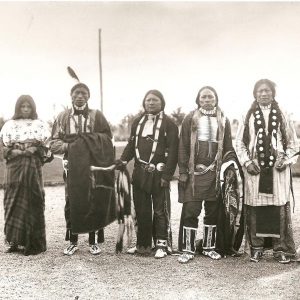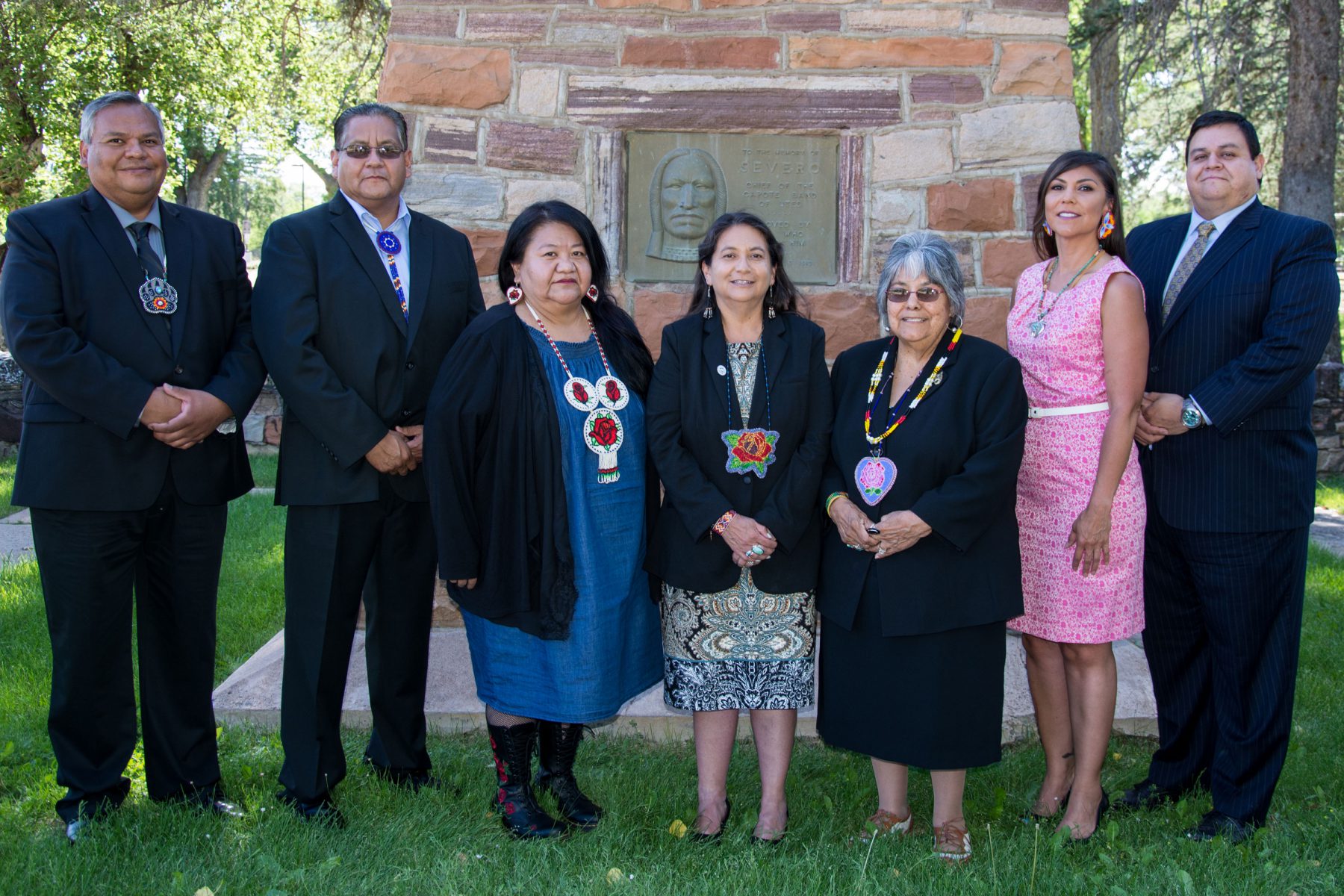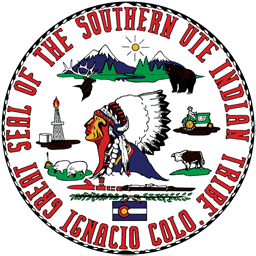
Guardians of Sovereignty: The Enduring Strength of Ute Tribal Government
From the rugged peaks of the Rocky Mountains to the high desert plains, the Ute people have stewarded their ancestral lands for millennia. Their history is one of profound connection to the earth, marked by resilience in the face of immense adversity. Today, this enduring spirit is embodied in the sophisticated and evolving tribal governments of the Ute Nation – three distinct, federally recognized tribes that stand as powerful testaments to self-determination, sovereignty, and the unyielding pursuit of a brighter future for their people.
The story of Ute tribal government is not merely a tale of administrative structures; it is a living narrative of cultural preservation, economic empowerment, and the relentless assertion of inherent rights. It is a story rooted deeply in the past, yet vigorously focused on the future, navigating the complex interplay between traditional values and modern governance.

A Legacy Forged in Fire: The Historical Context
To understand the contemporary landscape of Ute tribal government, one must first grasp the long shadow of history. The Ute people, traditionally hunter-gatherers, were once one of the most powerful and widespread Indigenous groups in the Great Basin and Rocky Mountain regions. Their traditional territory encompassed vast stretches of what is now Utah, Colorado, and parts of New Mexico and Wyoming.
The arrival of European settlers in the 19th century brought an era of profound disruption. Treaties, often signed under duress and rarely honored by the U.S. government, systematically stripped the Utes of their lands. Forced removals, the decimation of traditional food sources like the buffalo, and the imposition of foreign governmental structures led to immense hardship.
Perhaps one of the most devastating blows came with the Ute Partition Act of 1954. Passed during the federal government’s disastrous "termination era," this act unilaterally divided the Northern Ute Tribe into "full-blood" and "mixed-blood" groups, liquidating tribal assets and forcing assimilation. While the termination policy was eventually abandoned, its scars remain, highlighting the critical importance of self-governance to prevent such federal overreach from ever happening again.
"Our history is not just a collection of dates and events; it’s the very foundation of who we are today," states a tribal elder, a sentiment often echoed in tribal leadership circles. "Every decision we make, every program we build, is informed by the sacrifices and wisdom of those who came before us, and the imperative to protect our sovereignty for the generations to come."
Three Nations, One Spirit: The Ute Tribal Governments Today
Today, the Ute people are represented by three distinct, federally recognized sovereign nations, each with its own unique governmental structure, challenges, and successes:
-
The Northern Ute Tribe: Based on the Uintah and Ouray Reservation in northeastern Utah, the Northern Ute Tribe is the largest of the three. Their government is led by an elected Business Committee, responsible for managing vast tribal resources, including significant oil and gas reserves. The tribe’s economic success from energy development has allowed them to invest heavily in infrastructure, social services, and educational programs for their members.
-
The Southern Ute Indian Tribe: Located in southwestern Colorado, with headquarters in Ignacio, the Southern Ute Indian Tribe is renowned for its sophisticated and diversified economic enterprises. Governed by a Tribal Council, they have successfully leveraged their natural resources (oil, gas, and coal) to build a robust financial portfolio, including a successful casino, a utility company, and various real estate ventures. This economic prowess allows them to provide comprehensive services to their members and actively participate in regional economic development.
-
The Ute Mountain Ute Tribe: With its headquarters in Towaoc, Colorado, the Ute Mountain Ute Tribe spans a reservation that stretches into Utah and New Mexico. This tribe, known for its strong adherence to traditional ways, is governed by a Tribal Council. While facing unique geographical and economic challenges, they have focused on agricultural development, tourism (including the Ute Mountain Ute Tribal Park), and cultural preservation efforts.

Despite their distinct identities and governance models, all three Ute tribes share a common thread: the unwavering commitment to self-determination and the well-being of their people.
The Pillars of Self-Governance: A Nation within a Nation
Ute tribal governments function much like state or local governments, but with the added complexity and power of inherent sovereignty. They exercise jurisdiction over their lands and members, creating a complex legal and political landscape.
1. Economic Development: The Engine of Sovereignty
Economic self-sufficiency is the bedrock of modern tribal sovereignty. For the Ute tribes, this has meant strategically managing their natural resources and diversifying their economies. The Northern Ute Tribe’s significant oil and gas production has transformed their capacity to fund essential services. The Southern Ute Tribe stands as a model of tribal economic diversification, having built an impressive investment portfolio that generates substantial revenue. The Ute Mountain Ute Tribe, while more focused on agriculture and cultural tourism, also strives for sustainable economic growth.
"Economic prosperity isn’t just about money; it’s about power," asserts a Southern Ute Tribal Council member. "It’s about having the resources to build our own schools, run our own hospitals, protect our own environment, and ensure our children have opportunities that our grandparents could only dream of." This financial independence empowers the tribes to make decisions that truly reflect the needs and values of their communities, rather than being solely reliant on federal appropriations.
2. Justice and Law Enforcement: Upholding Tribal Law
A cornerstone of tribal sovereignty is the ability to administer justice. All three Ute tribes operate their own tribal court systems, tribal police departments, and detention facilities. These systems address civil and criminal matters within their reservation boundaries, applying tribal law, which often incorporates traditional Ute values and customs. This self-governance in law enforcement is vital for maintaining peace and order and reflecting community norms.
The tribes also actively engage with federal and state law enforcement agencies on jurisdictional issues, particularly concerning crimes involving non-Native individuals on tribal lands. This can be a complex and often contentious area, highlighting the ongoing need for clearer intergovernmental agreements. The Indian Child Welfare Act (ICWA), which prioritizes the placement of Native American children in Native homes, is also rigorously upheld by Ute tribal courts, demonstrating a commitment to preserving families and culture.
3. Social Services and Infrastructure: Investing in People
Ute tribal governments are deeply committed to the health, education, and welfare of their members. They operate a wide array of social services, often supplementing or replacing federal programs:
- Healthcare: Tribal health clinics provide essential medical, dental, and behavioral health services, often integrating traditional healing practices.
- Education: From early childhood programs to tribal scholarships for higher education, the tribes invest heavily in educational opportunities, often incorporating Ute language and cultural curricula.
- Housing: Tribal housing authorities work to provide safe, affordable housing for members.
- Elder Care and Youth Programs: Dedicated programs support the community’s elders and provide positive development opportunities for youth.
"Our government isn’t just about policies and budgets; it’s about the well-being of our people, the health of our land, and the future of our culture," states a Northern Ute Business Committee member. "Every service we provide, from a health clinic visit to a scholarship, is an investment in the human capital of our nation."
4. Cultural Preservation and Language Revitalization:
Beyond material well-being, Ute tribal governments prioritize the preservation of their rich cultural heritage. Language immersion programs, cultural centers, traditional ceremonies, and historical preservation initiatives are all funded and supported by the tribal governments. The Ute language, once suppressed, is now being revitalized through dedicated efforts to teach it to younger generations. This commitment ensures that the unique identity and traditions of the Ute people continue to thrive.
Challenges and the Path Forward
Despite significant progress, Ute tribal governments face ongoing challenges. Jurisdictional disputes with state and local governments over issues like water rights, taxation, and law enforcement remain common. Historical trauma, the lingering effects of centuries of oppression, manifests in health disparities, substance abuse issues, and poverty, requiring ongoing investment in healing and support services. Environmental stewardship on lands rich in natural resources presents a delicate balance between economic development and ecological preservation.
Yet, the Ute tribes meet these challenges with remarkable resilience and determination. They are active participants in national tribal advocacy, working to strengthen tribal sovereignty and promote Native American interests on Capitol Hill. They engage in complex negotiations with federal agencies and state governments, asserting their rights and building mutually beneficial relationships.
The Ute tribal governments stand as powerful testaments to the enduring strength of the Ute people. They are not relics of the past but dynamic, evolving institutions that embody the spirit of self-determination. From managing multi-million dollar enterprises to preserving ancient languages, these governments are the architects of their own future, ensuring that the Ute voice is heard, their culture thrives, and their people continue to walk in sovereignty on their ancestral lands for generations to come. Their journey is a powerful reminder that true nationhood is not granted; it is inherent, earned through resilience, and perpetually defended through self-governance.


